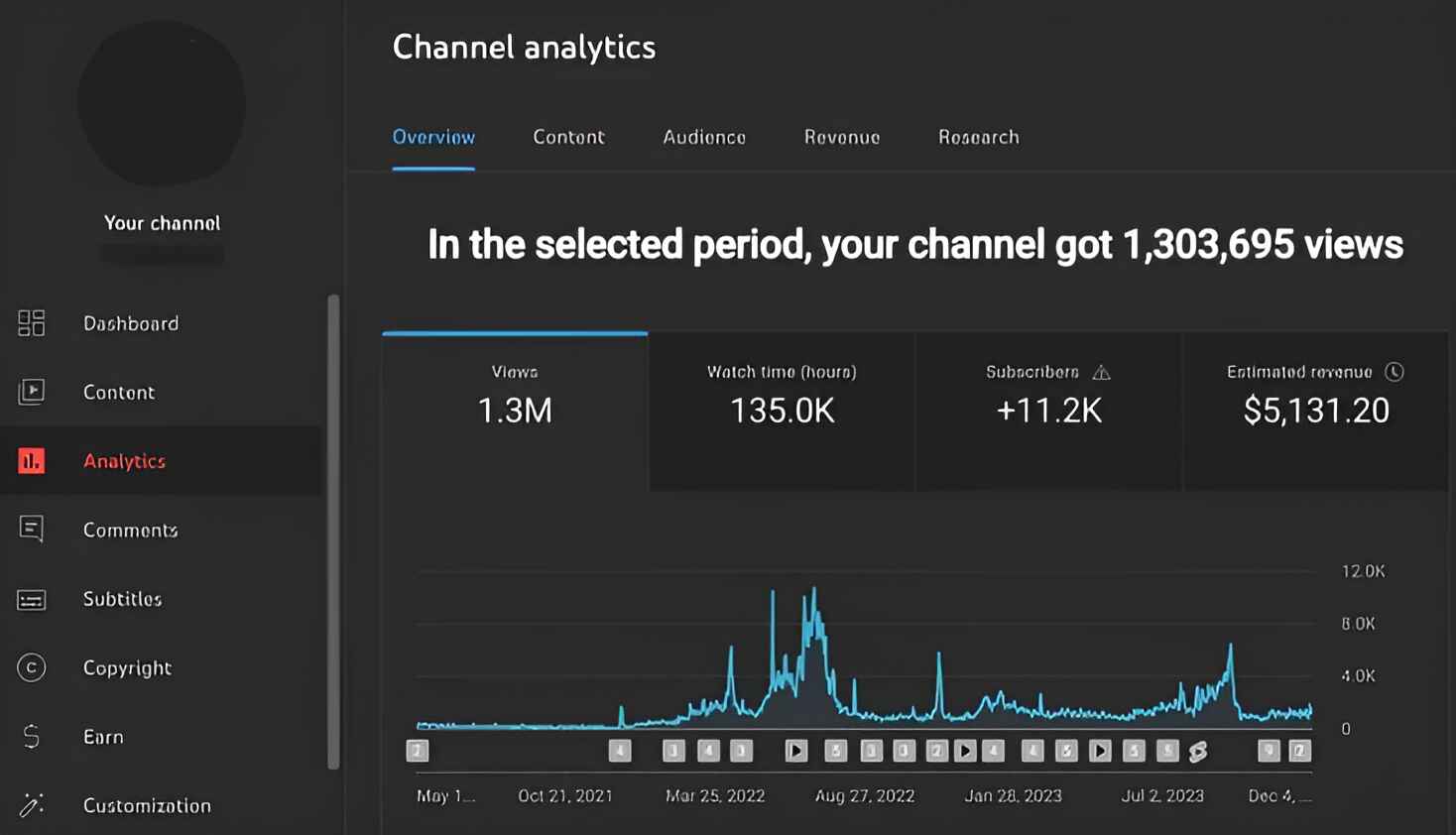introduction:
Do you want to increase your wealth but don’t think you have the time to devote yourself to investing full-time? The good news is that a few part-time hours a week can generate substantial returns on capital invested. You don’t have to follow market trends or trade stocks for hours on end. Instead, you can see your wealth increase gradually by making small, regular investments over time.
In this blog post, I’ll discuss my own experience investing $100 a week, how I used the money I invested, and how you, too, can begin accumulating wealth despite your hectic schedule. You can take charge of your financial situation by using this guide to learn how to make the most of your time and money.
Why You Don’t Need to Spend Full-Time Hours on Investing
The majority of people associate investing with stock brokers who are glued to their screens, examining charts and making fast trades. In actuality, however, investing does not require a full-time job. Actually, a lot of profitable investors advise taking a more passive approach, particularly for novices.
Significant long-term benefits can be obtained by making small, frequent investments and letting compounding take care of the rest. To see results from investing, you don’t have to put in more than forty hours a week.
The Power of Part-Time Hours per Week:
It can be difficult to find the time to manage investments in a busy world. The good news is that you don’t have to dedicate hours each day to stock market analysis. With just a few part-time hours per week, I was able to increase my wealth in the following ways:
Automation: I made sure I didn’t have to think about my investments all the time by putting up automatic weekly contributions. Without my help, the $100 a week was moved into my portfolio, freeing me up to concentrate on other things.
Simplicity: I chose investments that needed minimal upkeep. Because they required little work on my part, index funds and exchange-traded funds (ETFs) were excellent choices for me.
Consistency: I continued to contribute consistently. I always contribute $100 every week. Even though I didn’t devote a lot of time to research or daily management, this eventually produced a snowball effect that increased my wealth.
Understanding Invested Capital: A Key to Building Wealth
One of the most important concepts to comprehend when investing is invested capital, or the money you put into your investment portfolio. Even if you don’t have much to start with, action is the first step to building wealth.
The growth of invested capital is influenced by both appreciation (value increases) and dividends (income from stocks or bonds). Let’s look at how small contributions can add up over time.
How $100 a Week Can Add Up Over Time
“$100 a week isn’t much,” you may be thinking. How can this actually have an impact? Compounding, the process by which your investment generates returns, which in turn generate further returns, is where the power is.
Let’s dissect it:
Year 1: You will have invested $5,200 by the end of the year if you invest $100 every week. Your capital will have increased to about $5,800 with an 8% return.
Year 3: You will have invested $15,600 in total by this point. Your portfolio might increase to about $18,000 with compounding.
Year 5: You will have contributed $26,000 over the course of five years, but if your portfolio continues to grow, it may be worth $32,000 or more.
That is the long-term magic of invested capital. Even with modest initial contributions, you can create.
My Strategy: How I Invested $100 per Week and Saw Results
I wanted to keep things as easy as possible when I first started investing. I didn’t have time to research every possible investment or choose stocks. Rather, I concentrated on the fundamentals: exchange-traded funds (ETFs), dividend stocks, and index funds. I created my portfolio in the following manner:
1.Index funds for the S&P 500
I started by purchasing S&P 500 index funds, which follow the performance of the top 500 US publicly traded corporations. These funds typically yield robust returns over time and are an excellent way to gain broad market exposure. As my preferred option, I made sure to consistently invest in the Vanguard S&P 500 ETF (VOO).
Why the S&P 500?
Low cost: These funds have very low fees.
Diversification: You’re essentially investing in 500 companies in one go.
Proven track record: The S&P 500 has historically provided long-term growth.
2.Dividend Stocks for Passive Income
I then made the decision to purchase dividend stocks. These are businesses that consistently pay dividends, which you can reinvest to increase your wealth even further. I was able to increase my wealth by reinvesting the passive income I received from investing in businesses with a high dividend yield.
Well-liked Dividend Stocks:
- Coca-Cola (KO)
- Johnson & Johnson (JNJ)
- PG, or Procter & Gamble
If you don’t want to choose individual stocks, dividend exchange-traded funds (ETFs) are an excellent alternative. Among my top picks are the Schwab U.S. Dividend Equity ETF (SCHD) and the Vanguard High Dividend Yield ETF (VYM).
Technology ETFs for Growth:Following the setup of my weekly automated contributions, I had to keep an eye on my portfolio. I took the time to review my portfolio once a month, even though I didn’t dedicate hours each week to analyzing every stock.
Check-ins every month:Every month, I made sure to check my portfolio. Although it didn’t take long, this gave me the opportunity to monitor my dividend earnings, track my progress, and determine whether any adjustments were necessary.
Adjusting My Portfolio’s Balance:I looked at my asset allocation every quarter. To make sure I kept my desired level of risk, I would rebalance my portfolio if any one component had gotten too big or too small.
The Results: How Much I Earned by Investing $100 a Week
After a full year of investing $100 each week, I was able to see some impressive results. Here’s a summary of my total returns:

While the $600 capital gain and $150 in dividends didn’t make me rich overnight, they showed me the power of consistent investing. And more importantly, it proved that small contributions can build wealth over time.
What I Learned Along the Way
Get Started Small
To get started, you don’t need a lot of money. It all started with me starting with $100 a week. Consistency is crucial, but a large amount of money is not necessary.
The Key Is Patience
My investments began to pay off over time, though the returns weren’t immediate. The objective is long-term growth, and patience is your friend.
Invest Automatically
I didn’t have to think about it because my contributions were automated. I was able to maintain consistency and make sure I was always investing as a result.
Monitor and Adjust
I didn’t spend a lot of time on it, but frequent check-ins and rebalancing made sure I didn’t get distracted.
How to Get Started with Part-Time Investing
Here’s a brief guide to get you started if you’re ready to start earning money but don’t want to dedicate hours to it every day:
- Select an account with a broking
The first step to managing your investments is selecting a platform. Here are a few of the best broking accounts for novices:
⦁ M1 Finance (user-friendly and excellent for automation)
⦁ fidelity (suitable for long-term investors)
⦁ The easy-to-use app for trading stocks, Robinhood
2.Contributions are automatically configured
Make weekly automatic deposits after choosing a platform. Start with a small weekly amount, such as $50 or $100.
3.Make use of inexpensive index funds and exchange-traded funds
To reduce risk and maximise return, concentrate on inexpensive, diversified funds such as the S&P 500, dividend ETFs, and growth-oriented funds.
4.Have patience and follow your plan
The game of investing is one that takes time. Keep up your contributions consistently, and don’t freak out when the market moves.-Google
Conclusion: Your Wealth-Building Journey Starts Now
It is not only feasible but also a wise move to build wealth while working part-time hours each week. You can gain control of your financial future and increase your invested capital over time by making small, consistent investments. Start investing now and see how your modest investments grow into significant returns.
.Don’t let the myth that you must invest full-time hours hold you back.
Now that your roadmap is clear, it’s time to act. Invest, be consistent, and watch your money grow.
FAQS
| Q_if you invested $1,000 in netflix stock ten years ago, what would it be worth now? | A_Ten years ago, a $1,000 investment in Netflix stock would have been worth about $3,800 today. This is a noteworthy return that demonstrates Netflix’s expansion over the previous ten years. |
Visit our Best Blog- https://growthflicker.com/investing-mistakes-young-adults-2025/


1 thought on “I Invested $100 Every Week for a Year—Here’s What Happened”